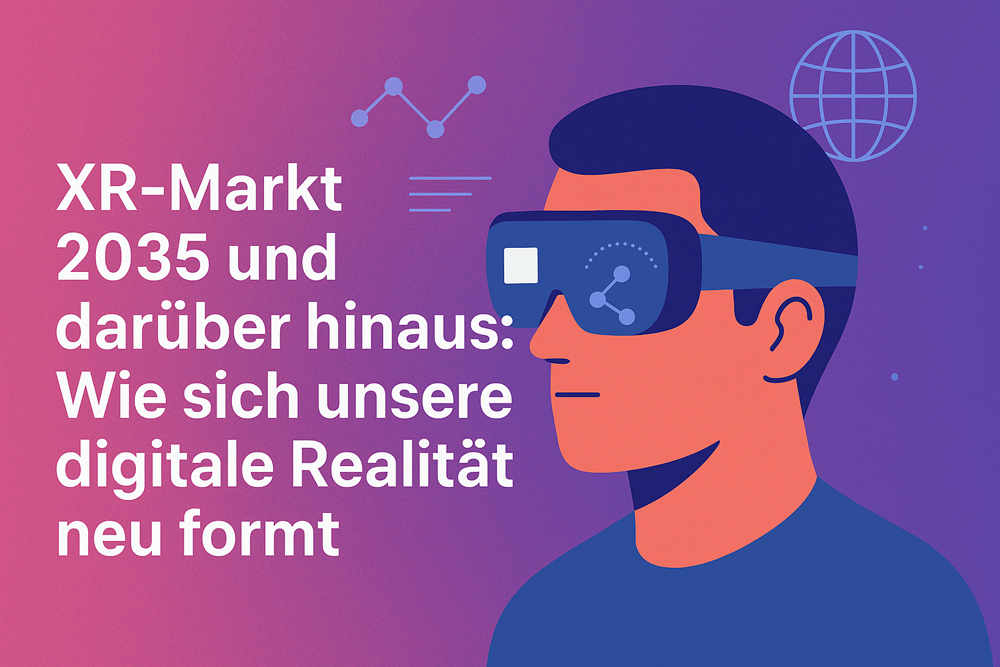We live in a 3D world. From the day we’re born, our brains are wired to perceive depth, shape, distance, and spatial relationships effortlessly.
So it’s no surprise that 3D content feels intuitive, engaging, and powerful in ways 2D screens can’t match.
At Aura Interact, we believe this is one of the biggest reasons AR (Augmented Reality), VR (Virtual Reality), and XR (Extended Reality) technologies are so transformative. They don’t just add another channel for information — they speak the brain’s native language.
Let’s explore why humans love 3D — and what that means for the future of design, training, and communication.
🧠 Our Brains Are Built for Spatial Understanding
Think about how you navigate your living room in the dark, catch a ball, or pack a suitcase. These tasks depend on deeply ingrained spatial skills:
✅ Depth perception
✅ Object recognition
✅ Motion tracking
✅ Spatial memory
Evolution honed these skills for survival. That same hardwiring is what makes immersive experiences so intuitive.
In AR/VR, users can:
🔹 Walk around objects naturally
🔹 Understand scale and proportion immediately
🔹 Use gestures to manipulate items in space
No instruction manual required. It just feels right.
📱 Why 2D Falls Short
Most digital content today is flat. Screens, slides, videos, and websites compress information into two dimensions.
This works, but it’s inherently less natural. Translating 3D ideas (like product designs or spatial layouts) into 2D diagrams forces users to mentally reconstruct what it really looks like.
That extra cognitive load can slow learning, cause errors, or limit understanding.
In contrast, 3D immersive tools eliminate the guesswork.
🎯 Applications Across Industries
At Aura Interact, we see this principle in action every day.
✅ Training: Workers learn procedures better in realistic 3D simulations than with static manuals.
✅ Product Design: Teams can review models at scale, spotting flaws that 2D drawings miss.
✅ Healthcare: Surgeons plan operations with 3D scans they can rotate and explore.
✅ Education: Students grasp complex concepts by interacting with 3D visualizations.
✅ Marketing: Shoppers preview products in their real environment before buying.
In each case, immersive 3D content isn’t just flashy — it delivers better outcomes by aligning with how the brain naturally learns and understands.
🚀 AR/VR: Speaking the Brain’s Language
When you put on a VR headset or view an AR overlay, you’re not fighting the limitations of 2D.
Instead, you’re giving people tools that:
✅ Match their instincts
✅ Reduce training time
✅ Improve retention
✅ Enhance decision-making
It’s not magic. It’s simply working with the brain’s existing strengths.
🌐 Why This Matters for Businesses
If you’re thinking about adopting AR or VR in your organization, remember:
The best technology doesn’t just replicate existing workflows — it transforms them.
By leveraging 3D immersive experiences, you can:
✅ Improve training effectiveness
✅ Reduce costly errors
✅ Shorten design cycles
✅ Increase customer confidence and engagement
It’s about making work smarter, safer, and more human-friendly.
📣 Our Commitment at Aura Interact
At Aura Interact, we’re passionate about building AR/VR/XR solutions that don’t just look good, but work with the way people think, learn, and collaborate.
Because at the end of the day:
The human brain loves 3D.
And we’re here to help you put that to work.
Quelle:





